Why is Smoke Coming Out of My Fireplace?
If smoke is billowing out of your fireplace instead of going up your chimney, you have a problem that needs solving. Those combustion gases from fires are toxic, and health issues can result from continued use of a smoky fireplace. There are quite a few reasons a fireplace smokes instead of operating as expected. Whatever the reason turns out to be, it’s best not to use your fireplace until the issue has been resolved. Trusted CSIA-certified chimney sweep technicians have the training to determine the cause of your smoky fireplace. However, among the common causes of a smoking fireplace listed below, you can resolve some of them yourself.
 Open the Damper
Open the Damper
It is not unusual for a person to get a fire started in the fireplace without first opening the damper. The damper is a metal door just above the firebox that should always be closed when the fireplace is not in use. Otherwise, if the damper is always left open, your heating bill is likely to go up because the heated air from your home will escape through the chimney. The best, though oft-forgotten, first step for use of a fireplace is to open the damper.
Prime the Chimney
When a chimney is on an exterior wall, the chimney flue often fills up with a cold column of air in frigid weather. If you try to start a fire in the fireplace, the reason combustion gases billow into the home is that the cold air is preventing the chimney draft from working. Dispel the cold air with a rolled-up newspaper lit like a torch. Carefully hold it up through the chimney damper to warm up the flue temperature. It may take a couple of times to work; but if the problem is cold air, priming the chimney will do the trick.
Use Seasoned Firewood
Wet or green firewood causes excessively smoky fires because the logs are full of moisture. The only type of firewood that should be burned is seasoned firewood. This means that moisture has been reduced through a drying-out process. Logs are stacked in a way that allows for wind and air to dry them out. It takes around six months to a year or more for firewood to be seasoned.
Offset Negative Air Pressure
Modern homes tend to be very airtight. This causes a problem for fireplaces because air is required for a fireplace to work properly. If an exhaust fan is being used in the house, such as in the kitchen or bathroom, it can disrupt the chimney draft, resulting in a smoky fireplace. A good temporary fix is to crack open a nearby window. Call on your trusted chimney sweep expert for help in finding a long-term solution.
The Flue is Blocked
 If your chimney is obstructed, your fireplace will be smoky. Creosote is the number one cause of a blocked chimney. With every wood fire, combustion materials stick to the chimney flue on the way out of the chimney. Annual chimney cleaning is recommended by the National Fire Protection Association (NFPA). The Chimney Safety Institute of America (CSIA) recommends getting your chimney cleaned when there is 1/8th of an inch of sooty buildup in the chimney lining.
If your chimney is obstructed, your fireplace will be smoky. Creosote is the number one cause of a blocked chimney. With every wood fire, combustion materials stick to the chimney flue on the way out of the chimney. Annual chimney cleaning is recommended by the National Fire Protection Association (NFPA). The Chimney Safety Institute of America (CSIA) recommends getting your chimney cleaned when there is 1/8th of an inch of sooty buildup in the chimney lining.
When chimney cleaning is neglected, the buildup of creosote will eventually cause an obstruction that results in a smoky chimney. Chimney blockage can also be caused by:
- Animal nests;
- Debris such as limbs and leaves; and
- Masonry debris if the masonry is deteriorating due to water intrusion.
Contact the Experts at Northeastern Chimney LLC
The certified chimney sweep professionals at Northeastern Chimney LLC can fix your smoky chimney, even if the problem is as serious as poor chimney construction. If you have a smoky chimney, contact us today to ensure the safety of your home and family. Get all of your chimney services with our 5-star guarantee. Call us at 860-233-5770 to schedule an appointment.
This post first appeared on https://www.mychimney.com


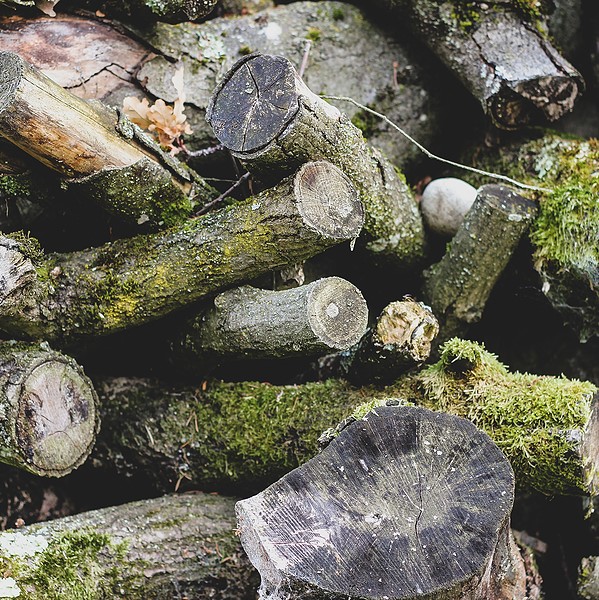 Basically, firewood is divided into hardwood and softwood varieties. Hardwoods such as hickory, maple and walnut burn longer and with less smoke and creosote deposits in your chimney than spruce, pine, redwood and other softwoods.
Basically, firewood is divided into hardwood and softwood varieties. Hardwoods such as hickory, maple and walnut burn longer and with less smoke and creosote deposits in your chimney than spruce, pine, redwood and other softwoods.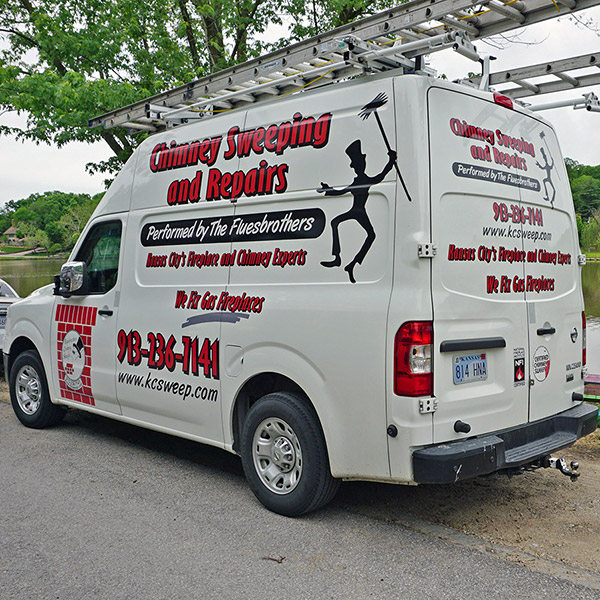 Following these guidelines will make you a true master of the art of firewood and give you a lifetime of quality fires and lots of comfort and enjoyment.
Following these guidelines will make you a true master of the art of firewood and give you a lifetime of quality fires and lots of comfort and enjoyment.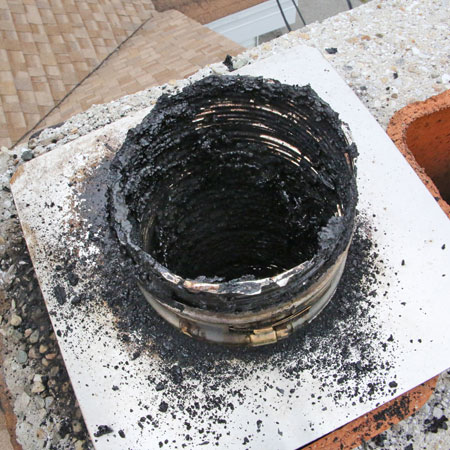 The older corbeled method no longer meets current building code requirements due to an increased fire risk. Corbeling involves staggering the bricks like steps. The jagged edges increase the likelihood that the mortar joints will suffer accelerated deterioration due to its proximity to the heat and gases rising through the narrow chamber. The deterioration can cause gaps or voids that inhibit venting, increasing the risk of carbon monoxide poisoning. The accumulation of creosote in these areas can also increase fire risk and reduce its structural integrity.
The older corbeled method no longer meets current building code requirements due to an increased fire risk. Corbeling involves staggering the bricks like steps. The jagged edges increase the likelihood that the mortar joints will suffer accelerated deterioration due to its proximity to the heat and gases rising through the narrow chamber. The deterioration can cause gaps or voids that inhibit venting, increasing the risk of carbon monoxide poisoning. The accumulation of creosote in these areas can also increase fire risk and reduce its structural integrity. Smoke chamber repair
Smoke chamber repair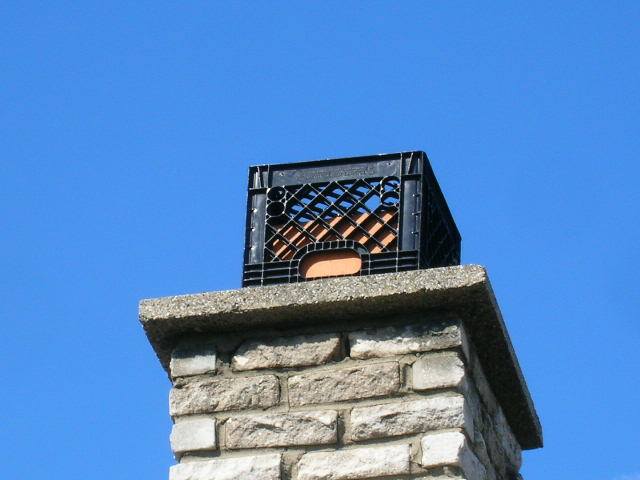

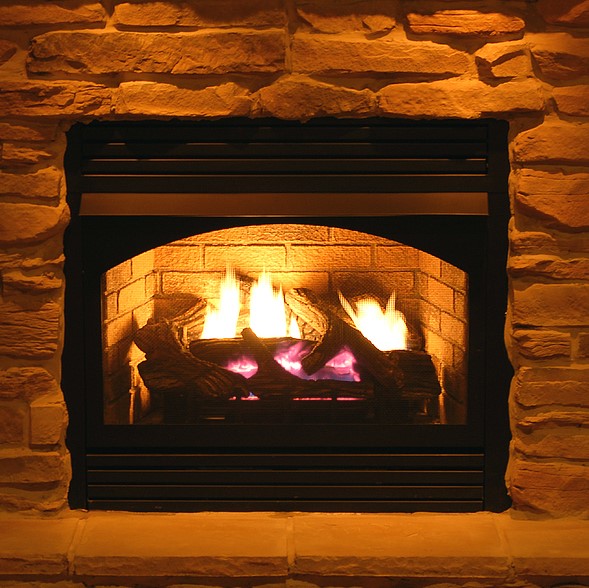 Traditional wood-burning fireplaces are an excellent addition to any home, but they have one major downside: inefficiency. Most of the heat goes up the chimney, and that’s one of the reasons why many homeowners consider
Traditional wood-burning fireplaces are an excellent addition to any home, but they have one major downside: inefficiency. Most of the heat goes up the chimney, and that’s one of the reasons why many homeowners consider 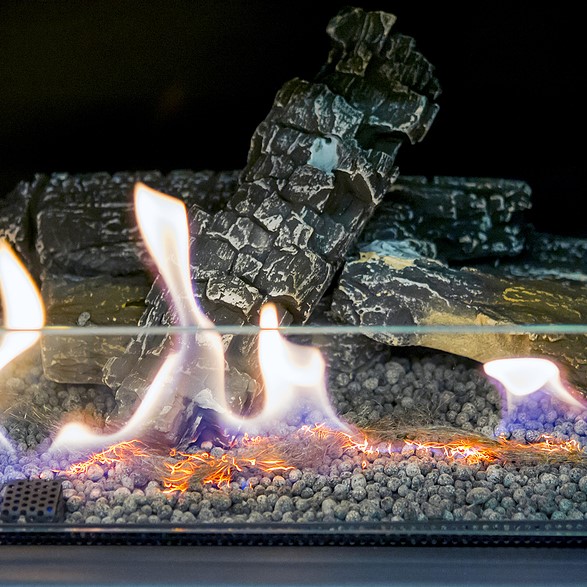 Why Convert Your Traditional Fireplace to Gas?
Why Convert Your Traditional Fireplace to Gas?
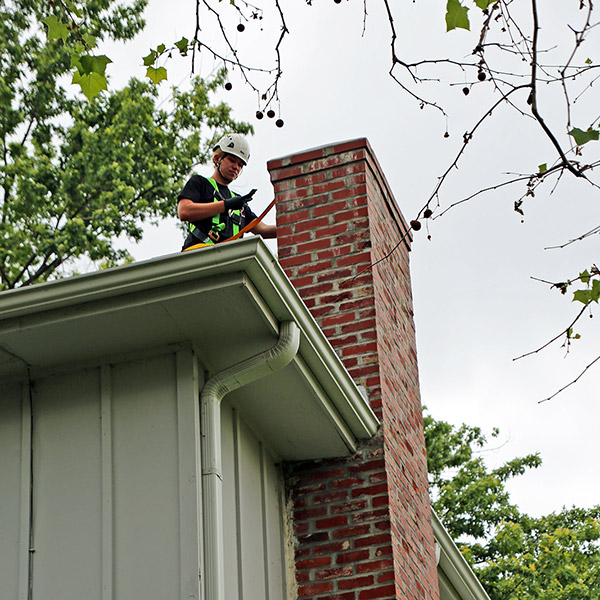 Getting the most out of your chimney requires periodic maintenance. Some of this maintenance should be done by a licensed chimney professional; other tasks are ones you can easily take care of yourself. Let’s look at six important maintenance activities for your chimney.
Getting the most out of your chimney requires periodic maintenance. Some of this maintenance should be done by a licensed chimney professional; other tasks are ones you can easily take care of yourself. Let’s look at six important maintenance activities for your chimney.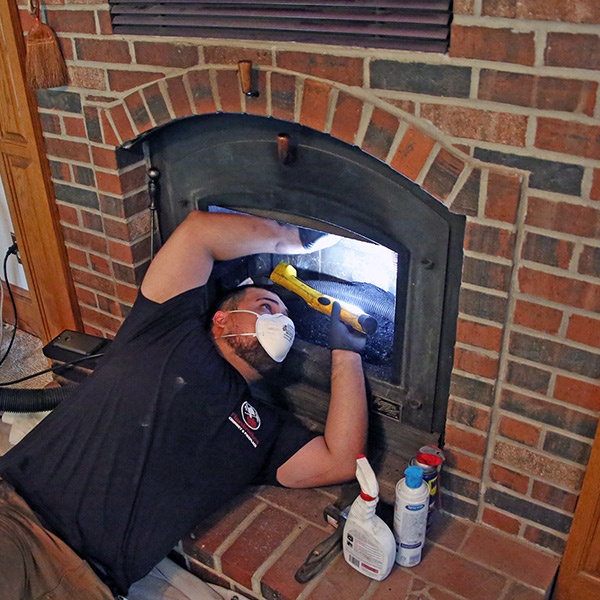 Inspect the firebox
Inspect the firebox